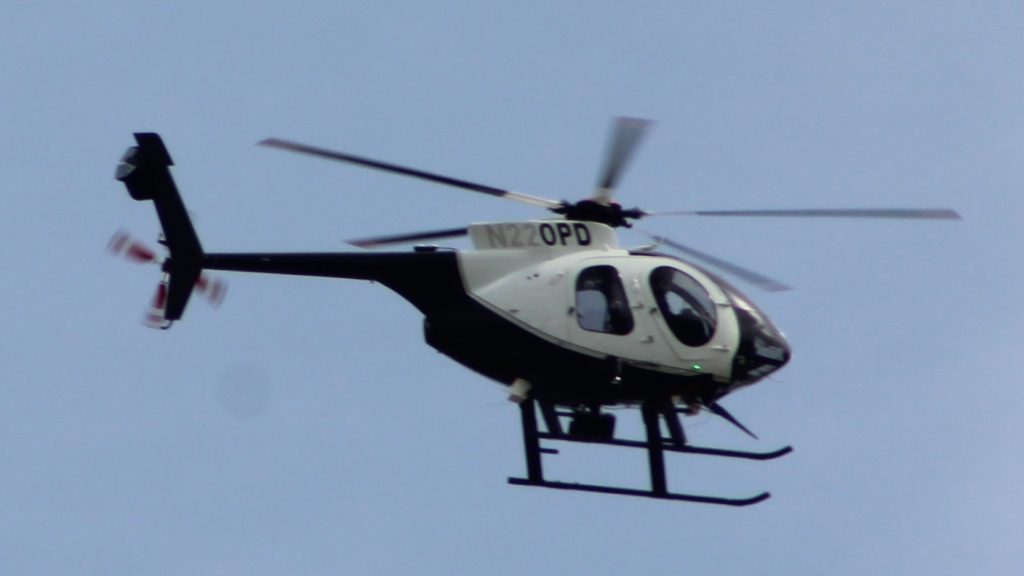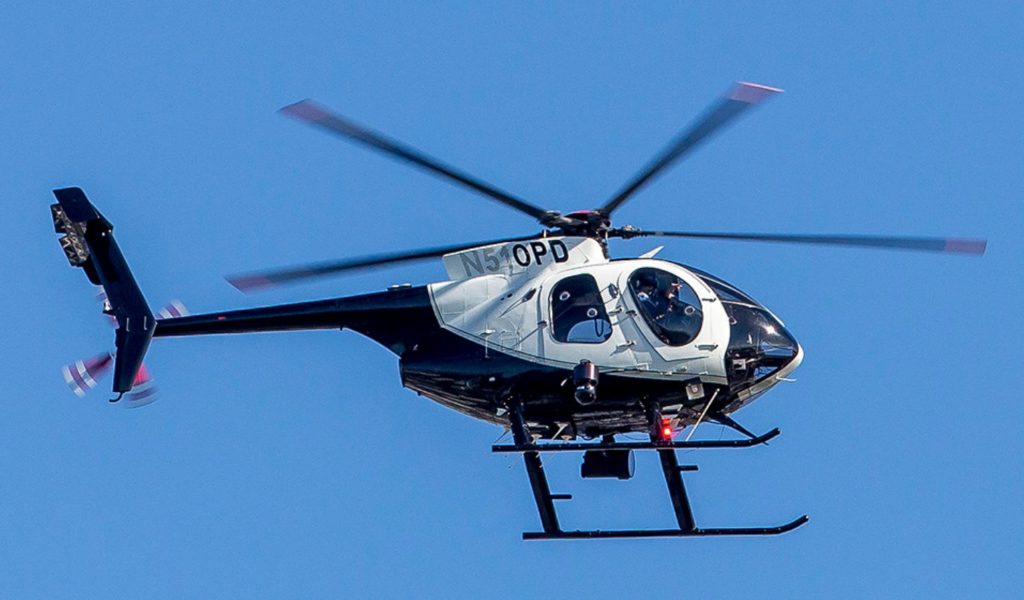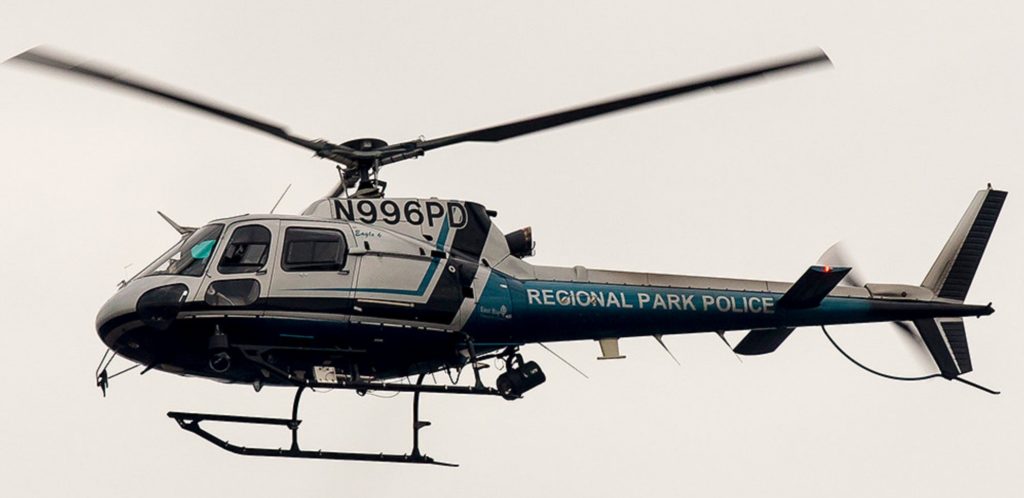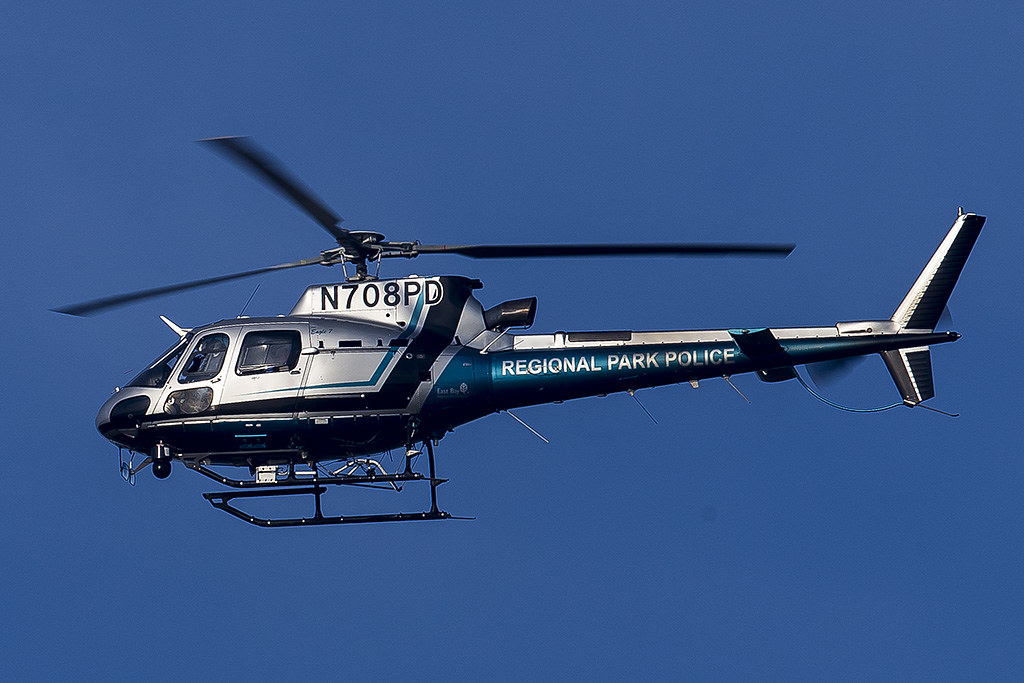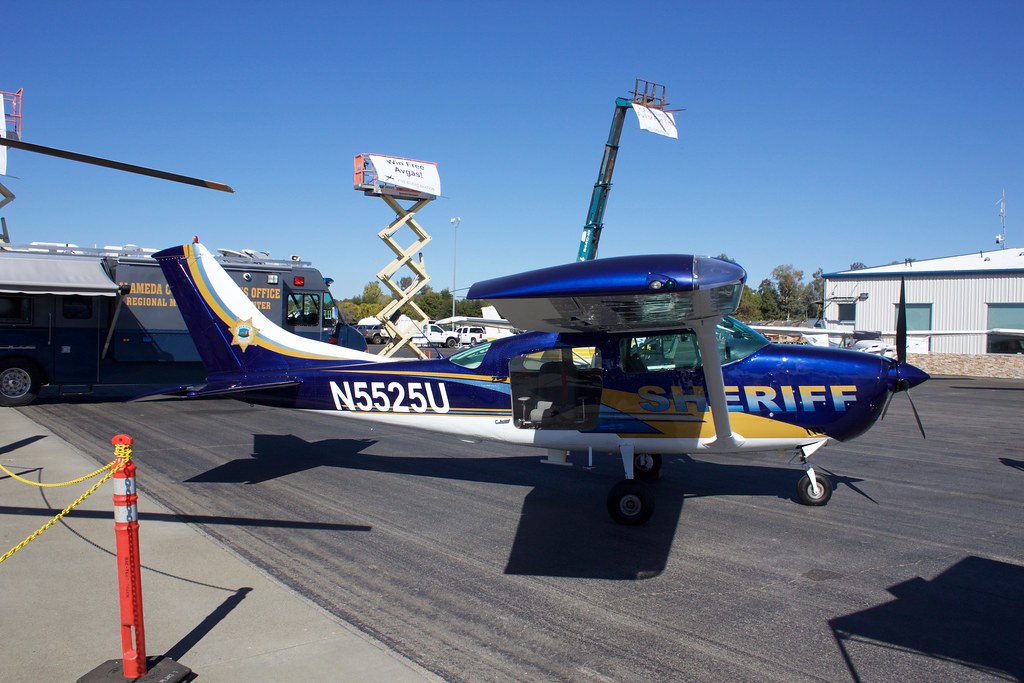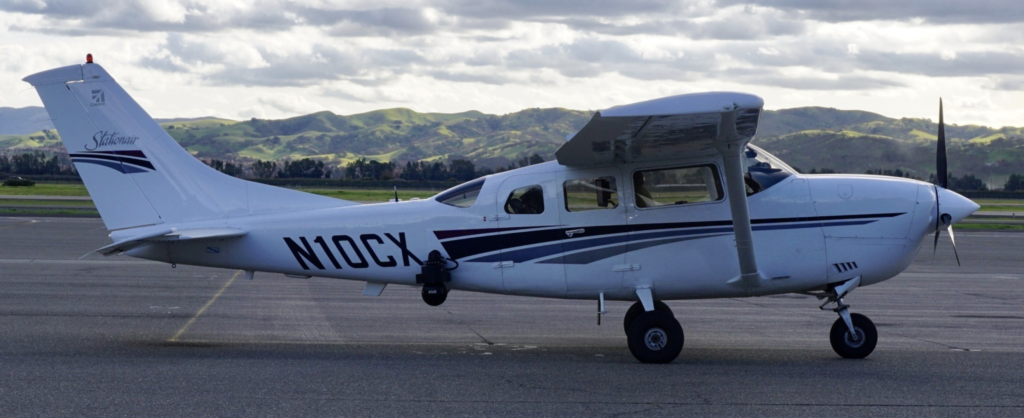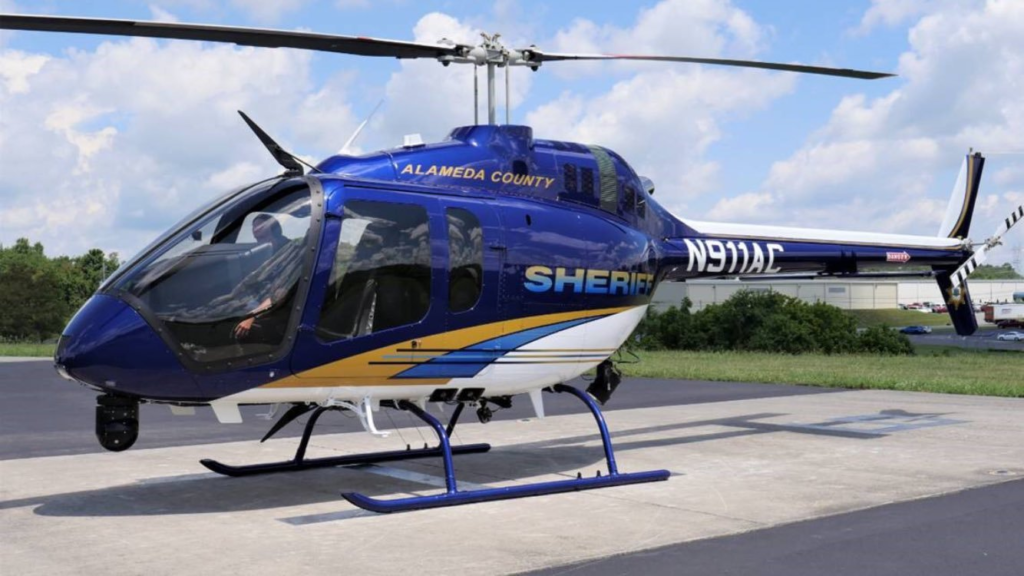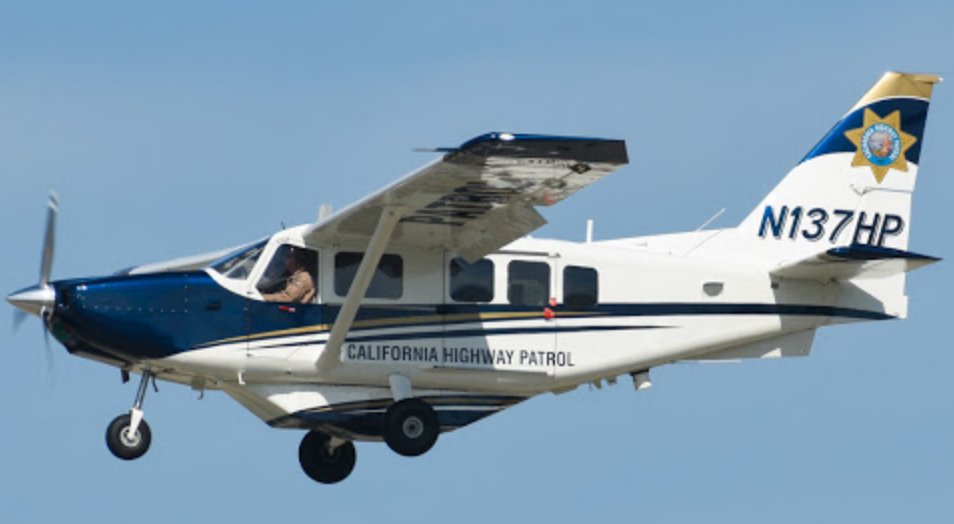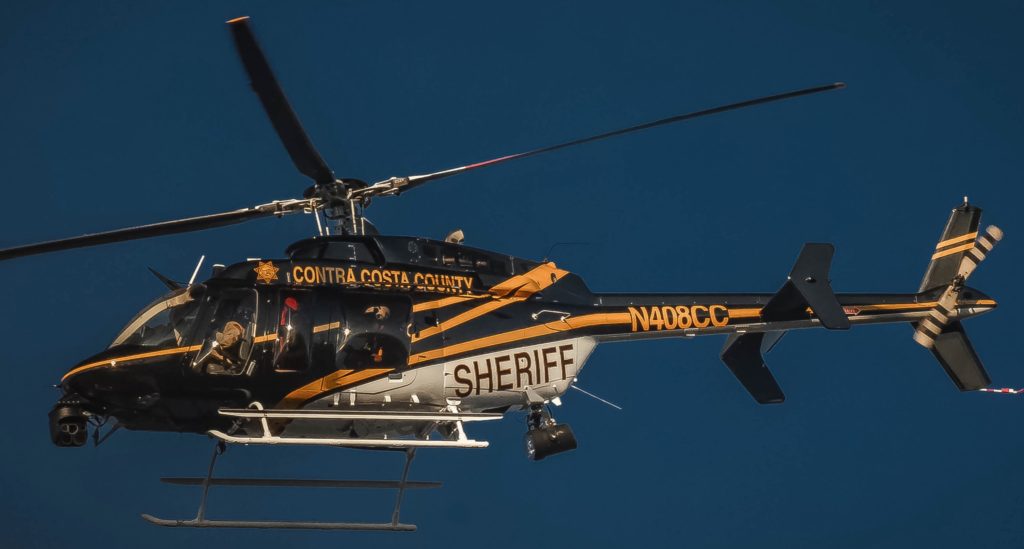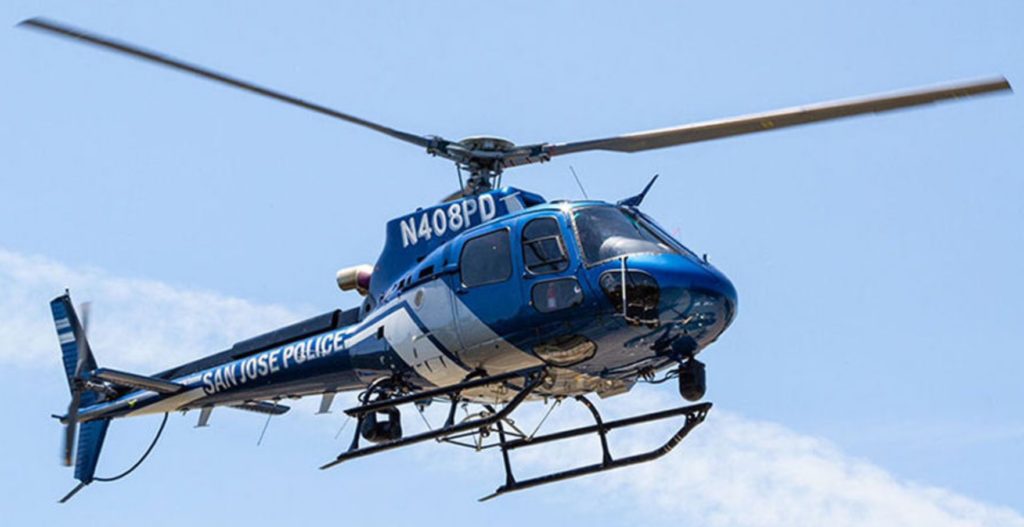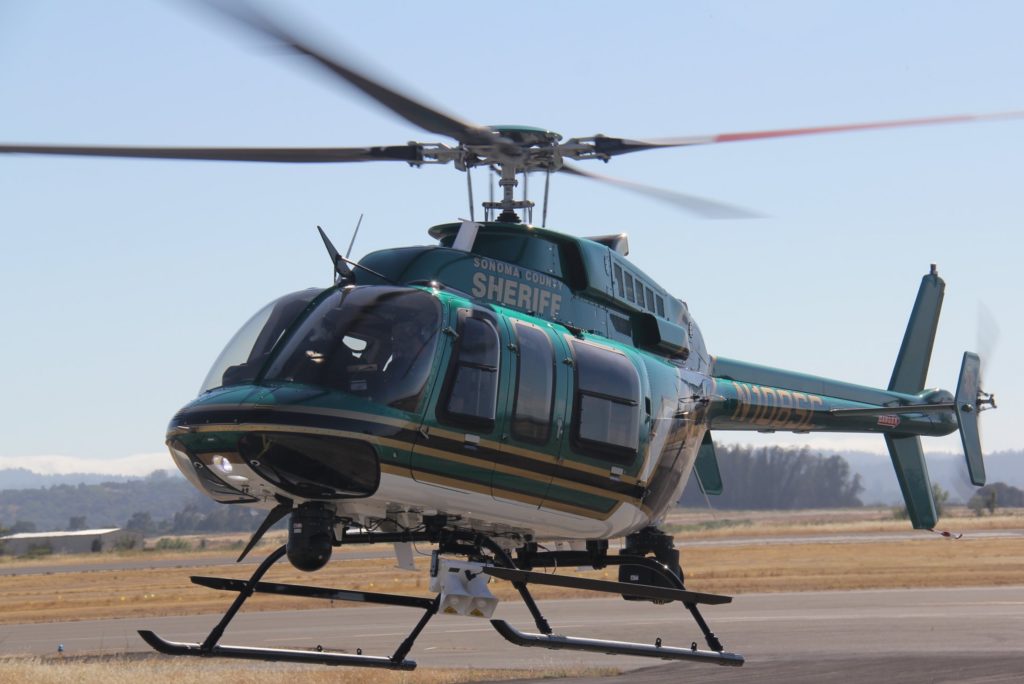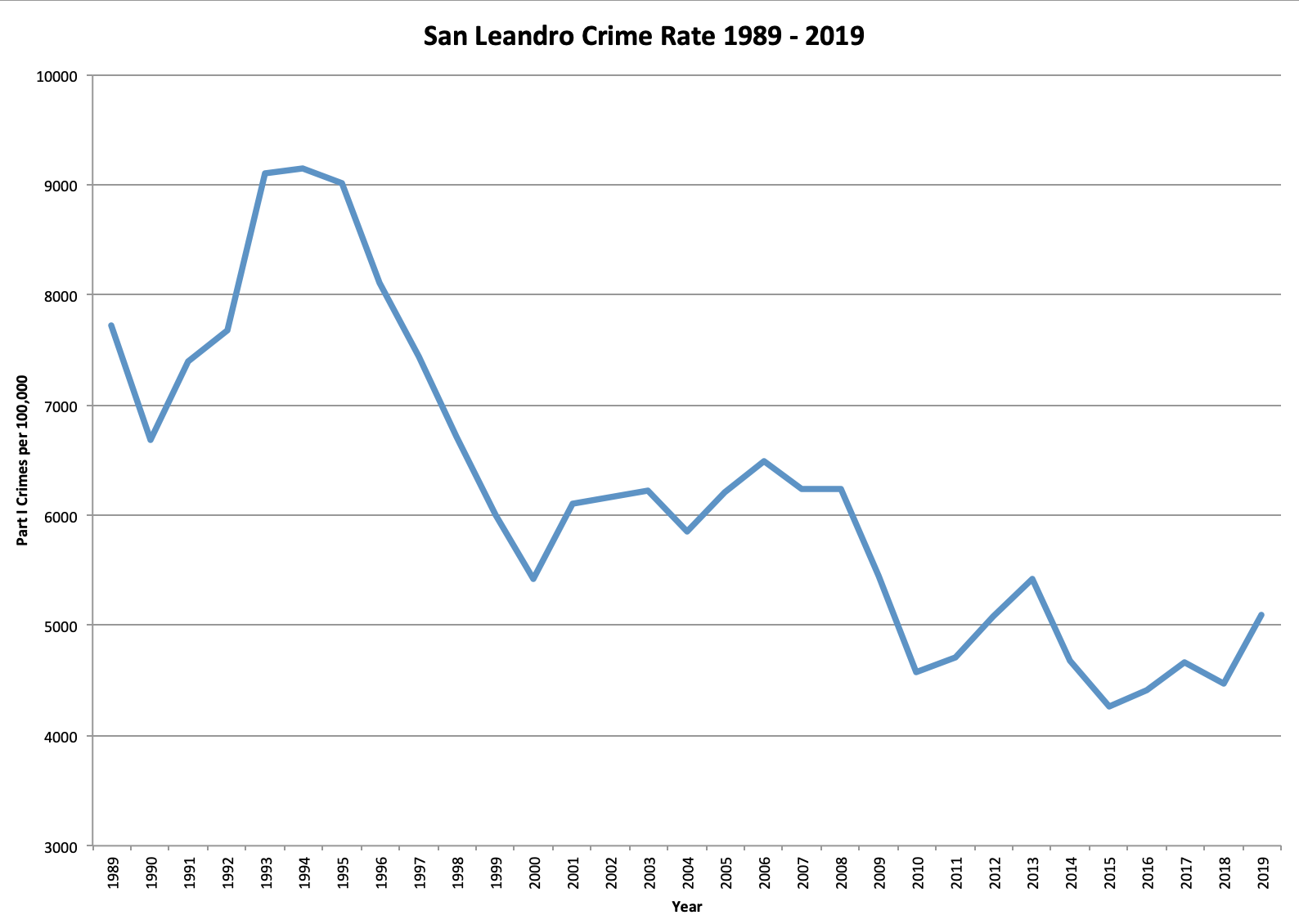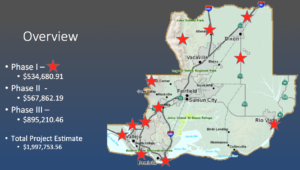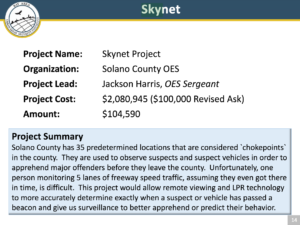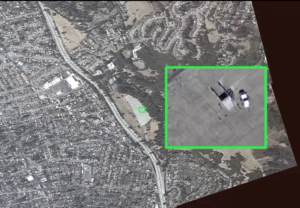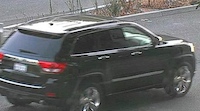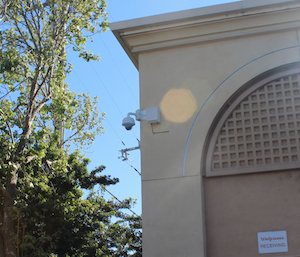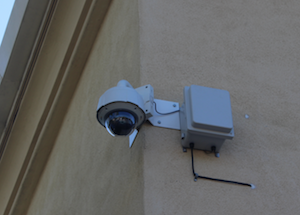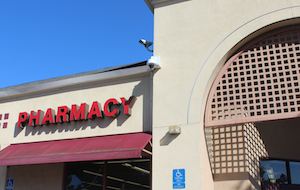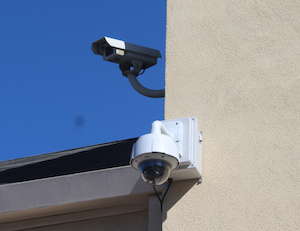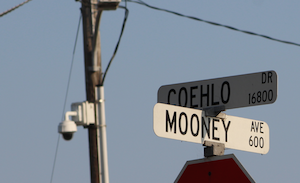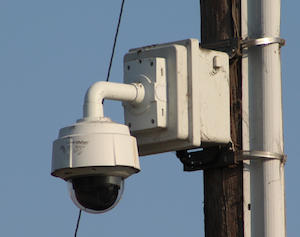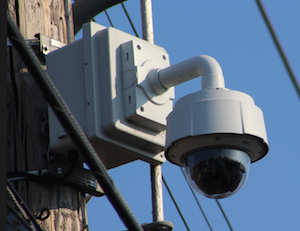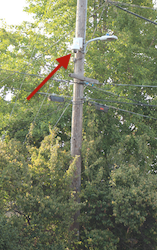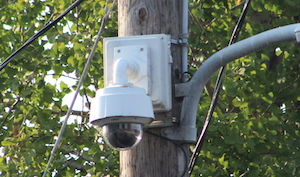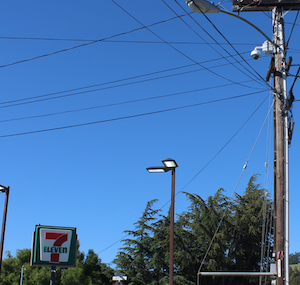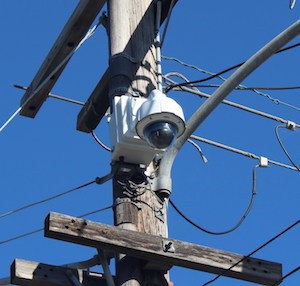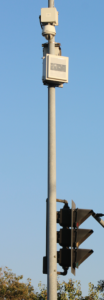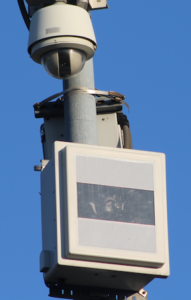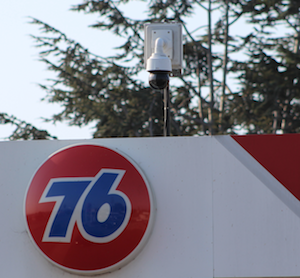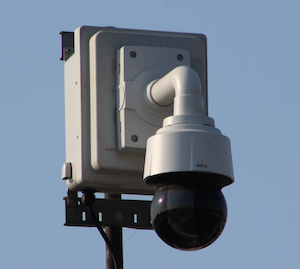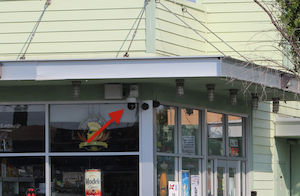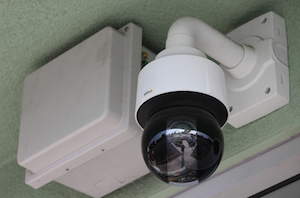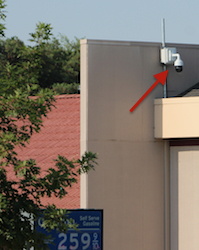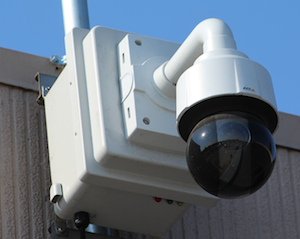San Ramon, a small city in Contra Costa County with a very low crime rate, approved spending more than $1.2 million to blanket the city in automated license plate readers (ALPRs) and surveillance cameras at its April 28, 2020, meeting.
The amount includes 12 stationary ALPRs at five locations from Vigilant Solutions, 35 ALPRs from Flock Safety and 46 Avigilon surveillance cameras. Eight police vehicles are already equipped with Vigilant ALPRs and Flock Safety cameras are already installed at the intersection of Camino Ramon and Crow Canyon and the northeast intersection of Crow Canyon Boulevard and Crow Canyon Place.
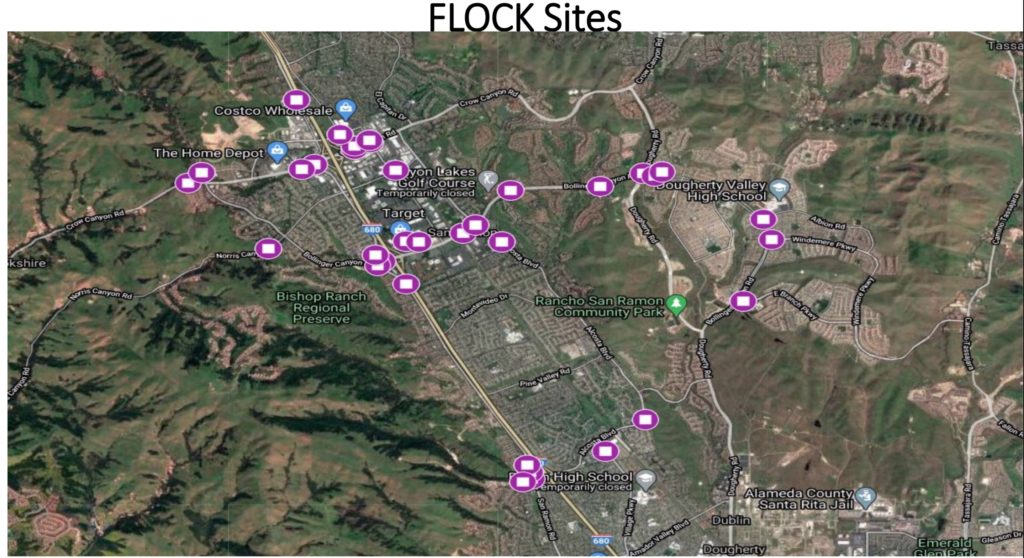
According to a presentation by San Ramon Police Lieutenant Cary Goldberg on April 28, 2020, the surveillance cameras would offer “coverage on every route of ingress/egress,” “184 viewing angles throughout out the city” and vehicles would likely pass “multiple cameras when travelling [sic] in San Ramon.”
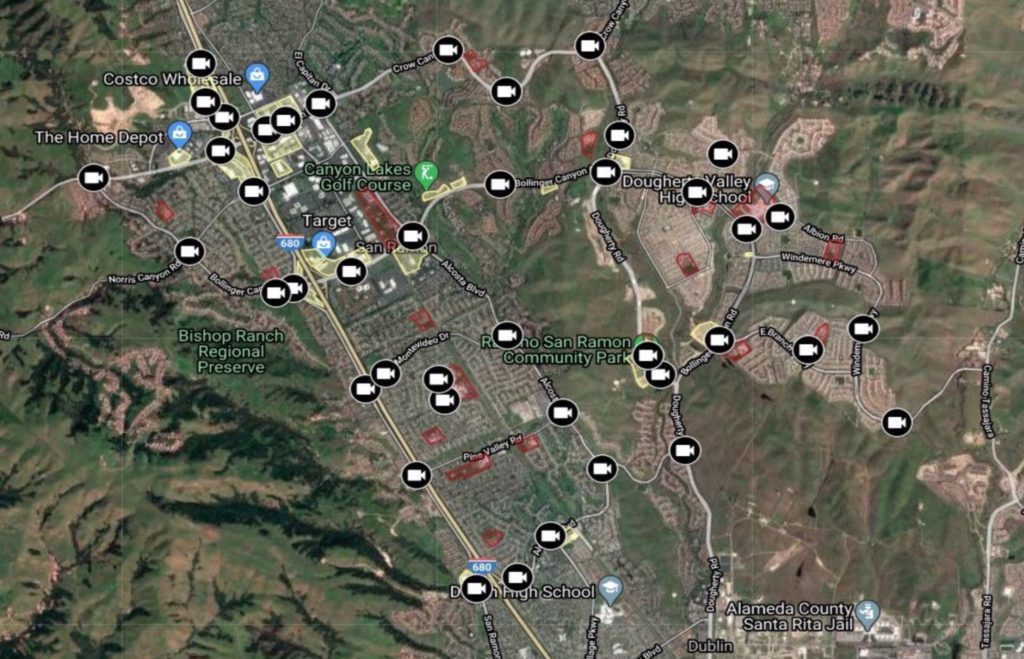
Goldberg said that data from Flock Safety cameras can be searched for animals and “If the camera detects an animal in the car, it will bring up that particular picture of the vehicle if it, in fact, captured it.” The data can also be searched for bicycles and people. “If it detects a person in a car, it’s going to show you an image of that person.” Goldberg said the locations were chosen so “we can capture all our routes of ingress, coupled with the situational [surveillance] cameras so we have a virtual fence around the city.”
During the presentation, Goldberg showed an image captured by a Flock Safety ALPR at Crow Canyon Place at Crow Canyon Road of a Honda Odyssey van with its California license plate clearly visible. Another image from the same location at night provided the license plate of a Ford pickup and the fact that the license plate had been seen 13 of the last 26 days (indicating that it was likely driven by a resident of San Ramon). We have redacted the license plate numbers in the presentation produced in response to our public records request.
Each of the Avigilon surveillance cameras actually has four cameras to provide 360-degree coverage. In addition to recording video 24×7, “The officers also have the ability to watch this live. Let’s say if we had an event, we had a protest, whatever the case is, the officers would have the ability to log in to one of these through the software and watch these live, watch any number of these cameras live.” According to Goldberg, a vehicle can be tagged and the software can display any video captured of that vehicle without searching individual camera footage. The software can also generate alerts for unusual motion detection, such as a car crash, according to Goldberg.
Proposed locations for the Vigilant Solutions ALPRs include Dougherty Road, the intersection of Camino Tassajara and Windermere Parkway, Crow Canyon Road, and the intersection of Alcosta Blvd and San Ramon Rd. [Note: The slide describing the Vigilant ALPRs showed an image of 3M ALPRs.]
Data Retention
The presentation to the San Ramon City Council said that the data collected by Vigilant Systems ALPRs would be retained for two years. Data from the Flock Safety ALPRs would be retained for 30 days. Data collected by the Avigilon surveillance cameras would be retained for 30 days. The San Ramon Police Department policy for license plate readers only states that the data will be retained for a minimum of one year. The police didn’t explain the difference in retention periods or the conflict with the existing policy and the City Council didn’t ask. When we asked Lt. Goldberg about why images from the surveillance cameras and Flock license plate readers were retained for 30 days while data captured by Vigilant Solutions license plate readers is retained for two years, he responded (but didn’t explain), “we have continuously maintained a 2 year retention period for the images uploaded into the LEARN [Vigilant Solutions] database.”
San Ramon Councilmember Phil O’Loane raised the only objection, based on the cost of the project, which was nearly double what he was expecting. O’Loane said, “My understanding of where we were starting was stationary license plate readers at key intersections and such and we’ve gone to something between zero and the City of London” noting that San Ramon has one of the lowest crime rates in the state. “I thought we were going to spend six or seven hundred thousand dollars and we’re doubling that. There’s been significant scope creep on this.” “We’ve got the same crime rate we’ve had since I was on the Council on average.” In fact, San Ramon’s crime rate is not only low but has declined significantly in the past 30 years.
The figure below is based on data reported by the San Ramon Police Department to the FBI and represents the annual crime rate per 100,000 people from 1985 to 2018.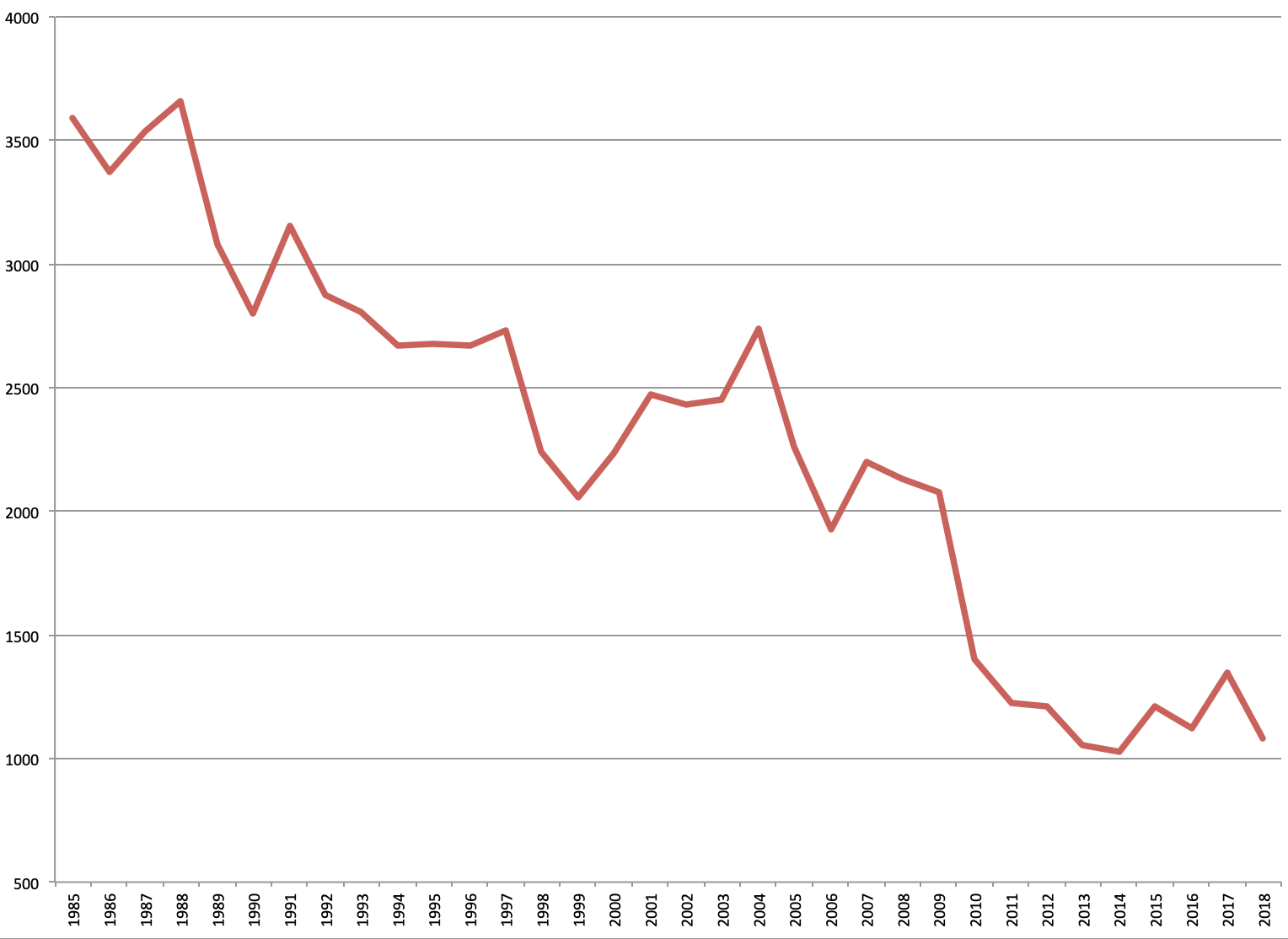
Documents:
